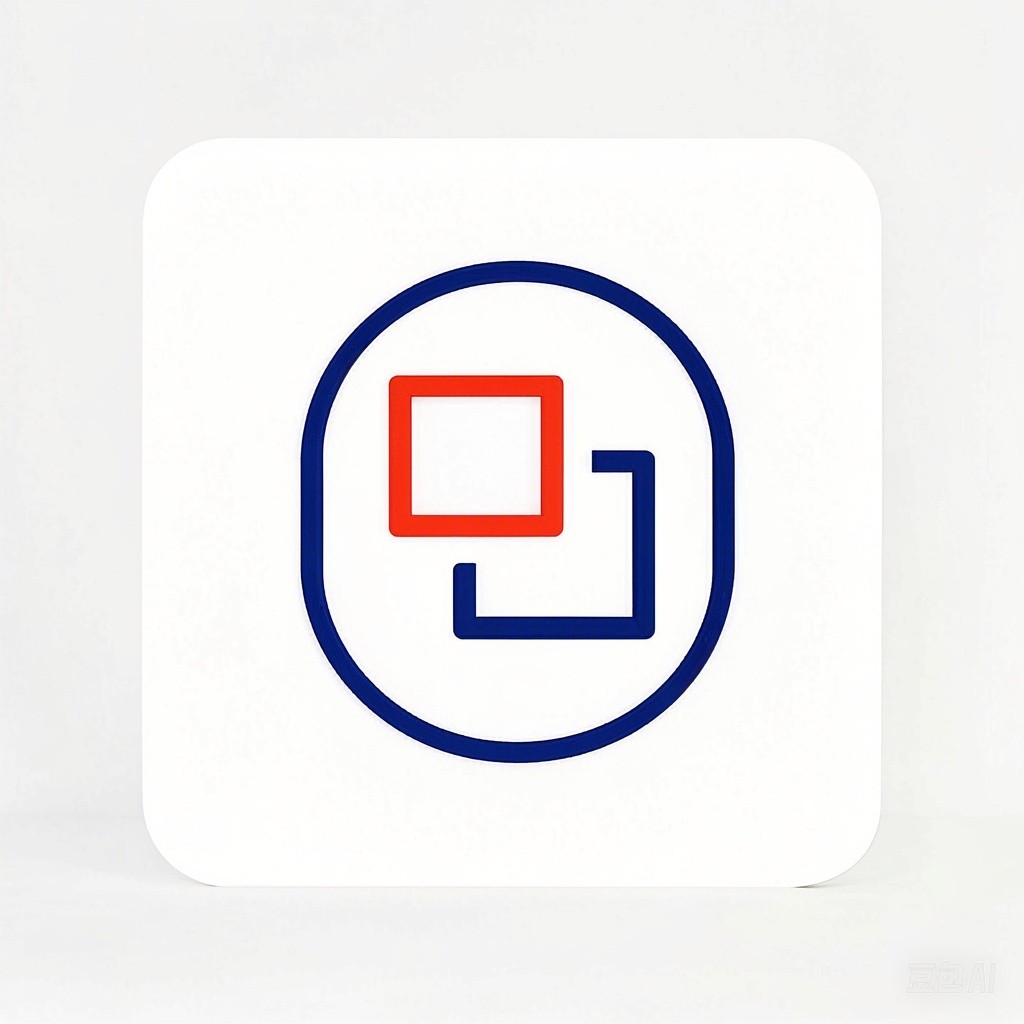引言
Visual C++是一种功能强大的编程语言,广泛应用于Windows平台的应用程序开发。对于初学者来说,Visual C++的学习曲线可能较为陡峭,但对于有志于深入掌握这门语言的开发者来说,掌握一些实战技巧无疑会大大提高编程效率和代码质量。本文将为您提供500例实战技巧,帮助您轻松驾驭Visual C++编程。
第1章 Visual C++基础
1.1 数据类型与变量
主题句:正确使用数据类型和变量是编程的基础。
- 使用
#include <iostream>引入输入输出流库。 - 使用
int定义整型变量,如int a = 10;。 - 使用
double定义浮点型变量,如double b = 3.14;。
代码示例:
#include <iostream>
using namespace std;
int main() {
int a = 10;
double b = 3.14;
cout << "整数变量a的值为:" << a << endl;
cout << "浮点变量b的值为:" << b << endl;
return 0;
}
1.2 控制语句
主题句:掌握控制语句可以使得代码逻辑更加清晰。
- 使用
if语句进行条件判断。 - 使用
switch语句进行多分支选择。
代码示例:
#include <iostream>
using namespace std;
int main() {
int number = 5;
if (number > 0) {
cout << "数字大于0" << endl;
} else {
cout << "数字不大于0" << endl;
}
switch (number) {
case 1:
cout << "数字为1" << endl;
break;
case 2:
cout << "数字为2" << endl;
break;
default:
cout << "数字不是1或2" << endl;
break;
}
return 0;
}
第2章 面向对象编程
2.1 类与对象
主题句:类与对象是C++面向对象编程的核心。
- 定义类,如
class Rectangle { ... };。 - 创建对象,如
Rectangle rect;。
代码示例:
#include <iostream>
using namespace std;
class Rectangle {
public:
int width;
int height;
Rectangle(int w, int h) : width(w), height(h) {}
int getArea() {
return width * height;
}
};
int main() {
Rectangle rect(10, 20);
cout << "矩形的面积为:" << rect.getArea() << endl;
return 0;
}
2.2 继承与多态
主题句:继承与多态是C++面向对象编程的强大特性。
- 使用
:进行继承,如class SubClass : public SuperClass { ... };。 - 使用虚函数实现多态。
代码示例:
#include <iostream>
using namespace std;
class Base {
public:
virtual void display() {
cout << "Base类" << endl;
}
};
class Derived : public Base {
public:
void display() override {
cout << "Derived类" << endl;
}
};
int main() {
Base* basePtr = new Derived();
basePtr->display();
delete basePtr;
return 0;
}
第3章 高级特性
3.1 异常处理
主题句:异常处理可以使得程序更加健壮。
- 使用
try块捕获异常。 - 使用
catch块处理异常。
代码示例:
#include <iostream>
using namespace std;
int main() {
try {
int a = 10;
int b = 0;
int result = a / b;
cout << "结果为:" << result << endl;
} catch (const char* msg) {
cerr << "发生异常:" << msg << endl;
}
return 0;
}
3.2 模板编程
主题句:模板编程可以使得代码更加通用。
- 使用
template关键字定义模板函数或模板类。
代码示例:
#include <iostream>
using namespace std;
template <typename T>
T max(T a, T b) {
return (a > b) ? a : b;
}
int main() {
cout << "最大值为:" << max(10, 20) << endl;
cout << "最大值为:" << max(3.14, 2.71) << endl;
return 0;
}
结语
本文为您提供了500例Visual C++编程实战技巧,涵盖了基础、面向对象编程和高级特性等多个方面。通过学习和实践这些技巧,相信您能够更加熟练地使用Visual C++进行编程。祝您编程愉快!
